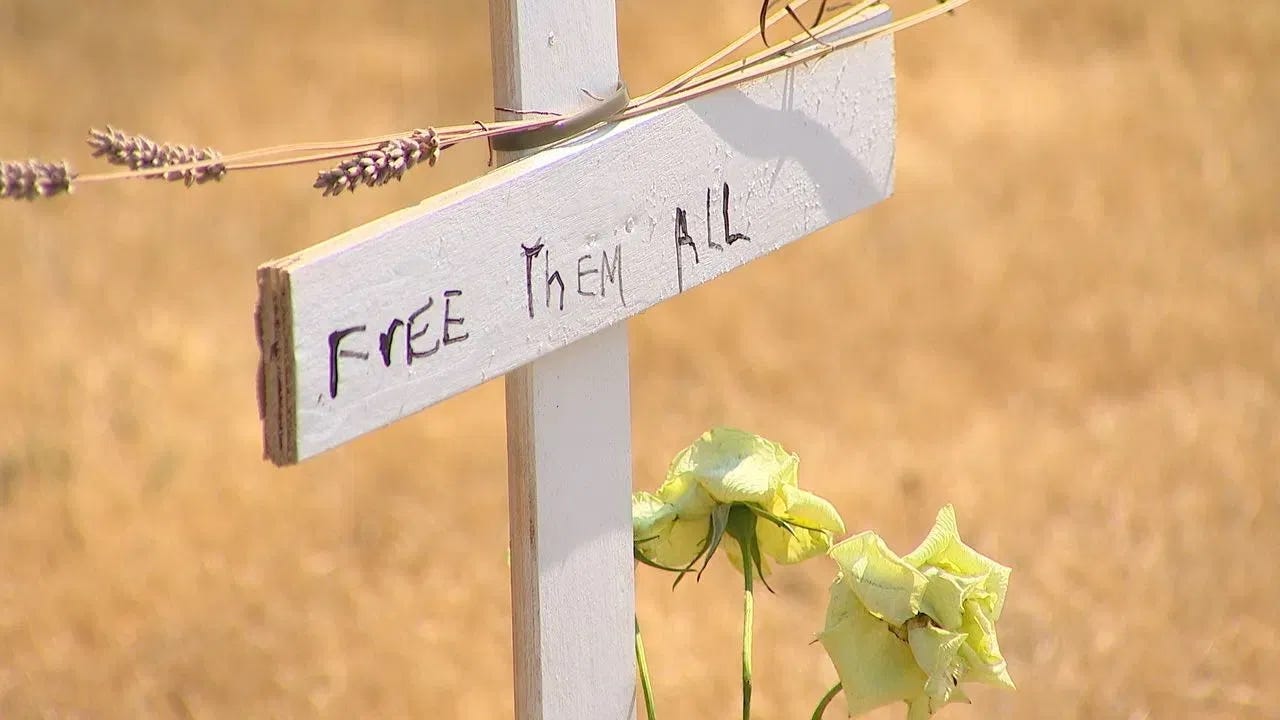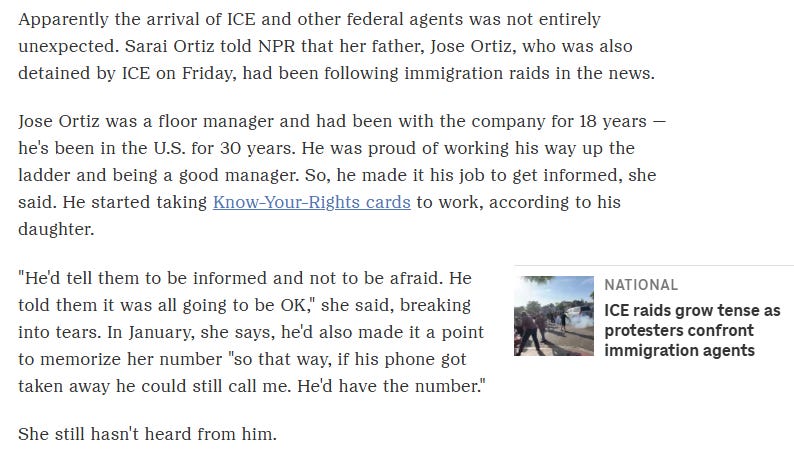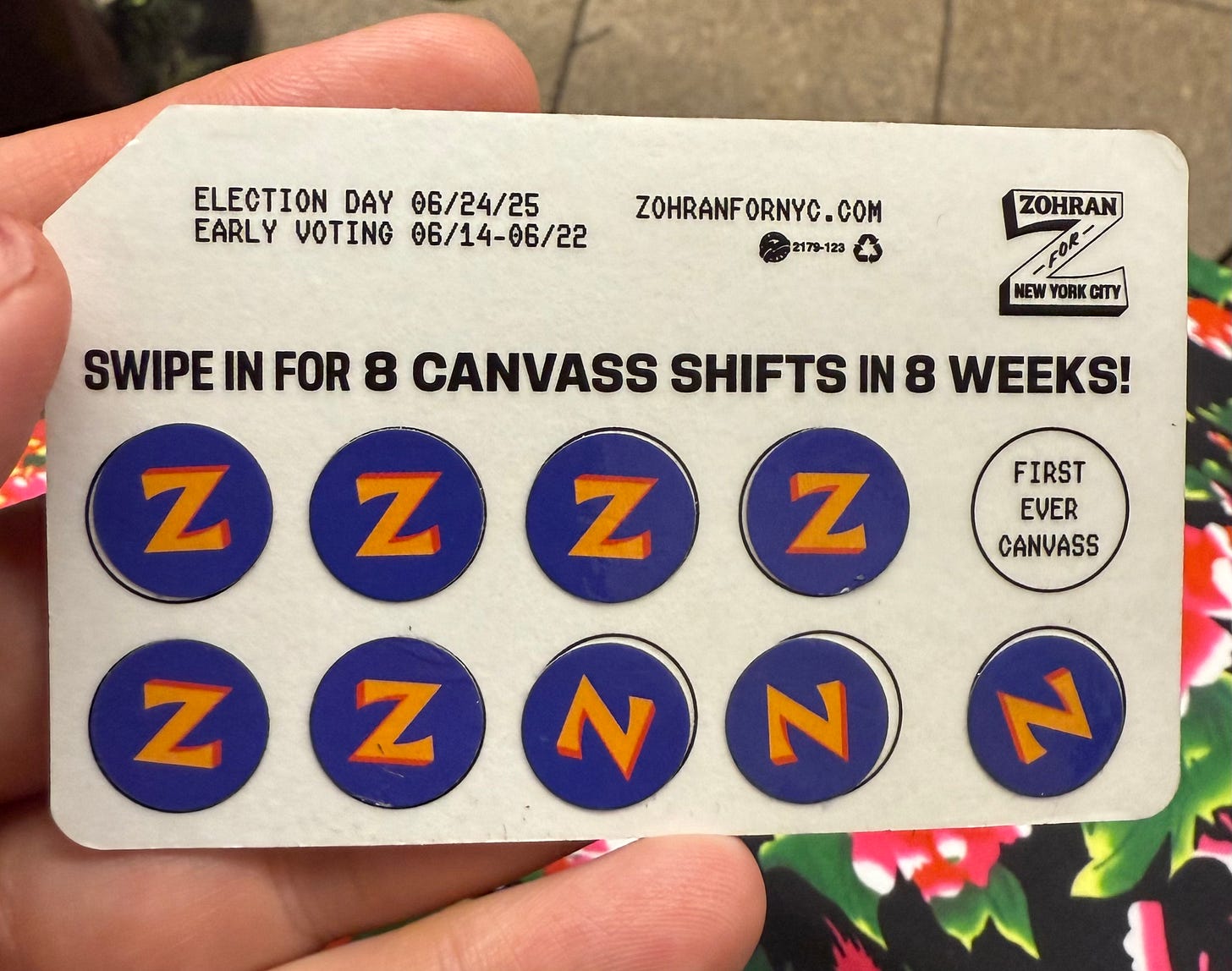I’m at a Holiday Inn Express in South Bend, Indiana. (“South Bend! It sounds like dancing, doesn’t it?”) I’m eating hash browns with hot sauce and feeling daunted by the thing I’m trying to write for my conference tomorrow. My panel is about “Religion, Spirituality, and Place,” and I’m writing about sanctuary.
Sanctuary is a word I remember from my earliest childhood, mostly from prohibitions: it was the sacred part of the church that kids weren’t allowed to squabble or run around in. It was also a place of exclusion. In my congregation, women were forbidden to pray aloud in the sanctuary. Men could pray openly for all to see, but in order to pray aloud during the worship service, a woman had to leave the sanctuary and stand unseen in the room behind it.
The sanctuary was where I learned that the world was divided between the saved and the damned. I remember holding on tight to the back of the pew in front of me and experimenting with doubt like I was walking along the edge of a cliff. A flicker of defiance— I don’t believe in Jesus— the flames of hell began to melt the earth beneath me and singe the soles of my feet— a flicker of faith— I do believe in him— the flames receded, and I was back on solid ground. This game was a way to inject some drama into the long, twice-a-Sunday services with their 45-minute sermons. But it was also proof that sanctuary wasn’t that safe. To quote Pilgrim’s Progress, “I saw there was a way to hell, even from the gates to heaven.”
In the decades since then, I’ve spent time in many sanctuaries, both religious and not. I’ve sought refuge from religion in the academic world, and I’ve sought refuge from the academic world in religion. I’ve worked in church sanctuaries as a preacher and a pianist. I’ve drawn the cross on people’s foreheads in ashes in front of the altar, and I’ve washed their feet in plastic tubs. I’ve witnessed vows, and I’ve made them. And I’ve seen sanctuaries become sites of political protest and aspiration. Of showdowns between opposing powers.
I listened to the charismatic young Senator Barack Obama tell his conversion narrative in a sanctuary in DC in 2006, and invoke a conciliatory kind of political religion that felt life-giving at the time.
I was in the Yale Chapel when students protested donors who named buildings after slaveholders by throwing Monopoly money from the balcony like confetti at a parade.
I was in the sanctuary of the Cathedral of St John the Divine where campus protesters from Columbia and CUNY gathered for a “People’s Graduation.”
I was at the New York Society for Ethical Culture when its secular sanctuary filled with large Palestinian flags that billowed like sails, and rousing chants of “Free Mahmoud.”
I’ve listened to several precociously wise 12- and 13-year-olds wrestle with the Torah at the bimah and boldly proclaim freedom for all people.
I’ve visited Brown Chapel in Selma, Alabama, where I was told that in 1965 state troopers on horseback stormed into the mass meeting in the sanctuary wielding guns, batons, and cattle prods.
And I’ve spent the last 14 years living in Sanctuary Cities.
For a long time I used to walk by the Methodist church on the corner near my job in New Haven, knowing that a man from Ecuador, Marco Reyes, was living there. He had been in the US for decades, paying taxes, raising a family, and fighting a long legal battle to be able to stay. When the first Trump administration ordered him to leave his loved ones and fly back to Ecuador forever, he took sanctuary at the church instead, living an underground life in a consecrated space. He couldn’t take a walk in the sunlight, but at least he could watch his daughters grow up. The congregation and the mayor of New Haven promised to protect him.
I used to imagine the power of sanctuary like a force field humming around that church. A strange and stealthy spiritual defense. A divine law that even the United States had to respect. I imagined that any ICE agents who stepped too close would be stopped like dogs by an invisible fence.
At the time, ICE had a general policy not to invade “sensitive locations” like churches except in extreme or life-threatening circumstances. But on January 20, 2025, Trump rescinded this policy, giving ICE new power to invade churches, schools, and hospitals.
Of course, family separation didn’t start with Trump. It’s the foundation of this country. The auction block is our cornerstone.
“Sanctuary” as a place of safety has always been both real and not. The idea of places of refuge is thousands of years old, and this nation has been full of them, from stations on the Underground Railroad to apartments in church basements. Still, in practice the kind of protection sanctuaries and sanctuary cities can offer is partial at best.
Just as the Fugitive Slave Law mandated that all citizens in every state must collaborate in returning refugees back to slavery, modern immigration laws exist to punish the people who try to make sanctuary possible. As we see in LA and NYC, a “Sanctuary City” cannot guarantee sanctuary in the sense of reliable safety or protection. The most it can offer is a refusal to collaborate with oppression in particular ways. Harboring undocumented immigrants remains a federal crime punishable by up to five years in prison. That’s true even if you’re making a home for someone in the house of God.
Like painting your front door blue to guard against ghosts, or carrying around a Know Your Rights card to protect you from masked men who don’t care about your rights, “sanctuary” is above all an expression of faith. Something to try to hold onto as the ground melts under your feet. It has no inherent power. But if enough people decide to honor and insist on sanctuary as real, it will become real.
Lately I’ve been thinking about Sanctuary as an antidote to despair. I’ve been rereading Psalm 73, when the Psalmist is destabilized by the rampant evil around him, the unbearable flourishing of wicked men:
As for me, my feet were almost gone; my steps had well nigh slipped.
For I was envious at the foolish, when I saw the prosperity of the wicked.
For there are no bands in their death: but their strength is firm.
They are not in trouble as other men; neither are they plagued like other men.
Therefore pride compasseth them about as a chain; violence covereth them as a garment. …
When I thought to know this, it was too painful for me;
Until I went into the sanctuary of God; then understood I their end.
Their end, in case you were wondering, is their own destruction. They can plummet from power in a moment.
Meanwhile, in a time of smoke and fire and flash grenades, it is essential to remember: there is a way to heaven, even from the gates of hell.
*
I need to go do conference things! In the mean time, admire my full Zetrocard!
Zohran’s currently within single digits of the lead, and rising! New Yorkers: Rank Zohran #1, rank a full slate, and do not rank Cuomo! I’m taking June 20-24 off work to do GOTV; join me! And if you’re not in NYC, you can still phonebank. This might be our only chance to elect a mayor who has yelled in Tom Homan’s face!
Next time I’ll write something more upbeat or polished maybe. Meanwhile, for Father’s Day, read this tragically timeless op-ed by my former student Viviana.






